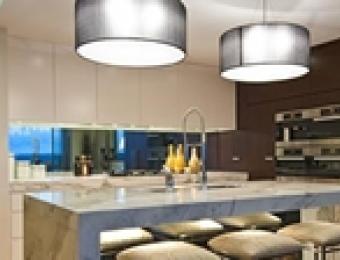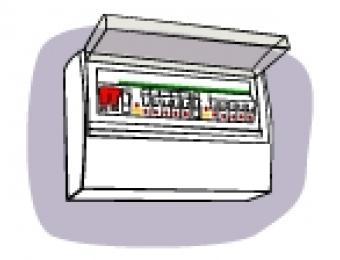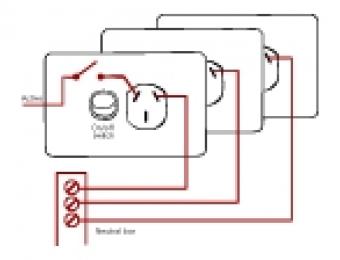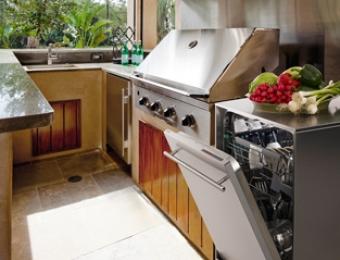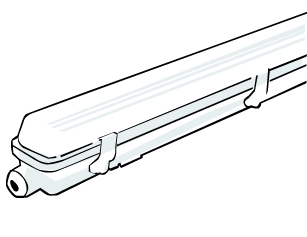
There are some basic extra rules for electrical installations outdoors, although for the most part they relate to waterproofing of fittings and special insulation of cabling. Depending on the current demands too, particular concessions may need to be made to the overall supply to the home.
Sheds and workshops
Picture a scenario where Dad’s got a mini-factory out in the shed and the air compressor, lathe, router and bench saw draw combined draw 100 amps of current when they're all in use. In this scenario, he'll need a separate distribution switch box in the shed, complete with miniature circuit breakers (MCBs) and a main switch - basically a completely separate electrical installation.
Earthing, however, must still be done via the switch box in the house. No separate earth is allowed. The earth wire from each fitting is connected to the earth bar in the shed switch box, which is then connected to the house's earth bar. The power for the shed installation comes from the house switch box, and the main switch there is rated for the maximum demand of the house plus that of the shed.
The power to the shed should be wired using a 35mm2 twin core plus earth PVC-insulated cable, which is in turn buried and protected by PVC conduit, to prevent water from degrading the cable's PVC insulation.
Garden lighting and water features
The only sensible solution for electrical fittings used in gardens and water features is the use of extra low voltage (ELV) cable - and extra low voltage lighting. Cabling with extra PVC protection allows for direct burial. Typically, 12 volt lighting is used. A transformer is therefore required. Water feature pumps are also available in ELV configurations.
Outdoor light fittings and switches should all be weatherproofed to at least an IP67 rating.
